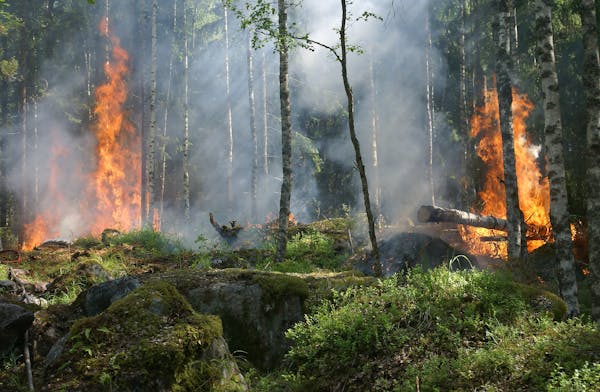Natural disasters led to over $131 billion in global losses during the first half of 2025, according to a recent report by reinsurance giant Munich Re. This figure marks one of the highest damage tolls recorded for a single half-year period since the company began tracking data in 1980. Of these total losses, around $80 billion was covered by insurance, making it the second-highest amount of insured natural disaster losses for any first half-year on record. The considerable gap between overall and insured losses also points to ongoing challenges in coverage across different regions and disaster types.
A standout event this year was the Los Angeles wildfires in January, which caused an estimated $53 billion in total damages, with about $40 billion insured. This wildfire spree, including the Palisades and Eaton fires, destroyed more than 16,000 structures and scorched 55,000 acres, tragically claiming at least 28 lives. The fires not only destroyed property but also impacted the broader economy. UCLA Anderson Forecast estimates that the wildfires will cut Los Angeles County’s GDP by $4.6 billion in 2025, alongside $297 million in wage losses across local businesses and workers. Overall, this remains the costliest wildfire event in history, and Munich Re alone expects claims near $1.2 billion from the disaster.
Severe Weather Drives Majority of Losses Across the US

Severe thunderstorms and tornado outbreaks also heavily contributed to the damage tally in 2025. One major tornado outbreak in May that affected parts of the Midwest and Southeast had reconstruction costs estimated at $16 billion, with insured losses estimated between $4 billion and $7 billion. This event produced over 30 confirmed tornadoes and resulted in 28 fatalities. Among these, an EF-3 tornado caused roughly $1.6 billion in damage in St. Louis alone.
Weather disasters such as these accounted for approximately 88% of total losses and 98% of insured losses in the first half of 2025, reflecting the growing impact of storms, floods, and wildfires on global economics and insurance sectors. Earthquakes, including the devastating 7.7 magnitude quake in Myanmar that killed around 4,500 people, represented about 12% of overall losses but only 2% of insured losses, reflecting lower insurance penetration in many areas affected by seismic risks.
Climate Change’s Increasing Role in Disaster Losses
Munich Re’s chief climate scientist, Tobias Grimm, highlights the growing influence of climate change in driving the rise of losses caused by natural disasters. He noted that losses have been trending upwards over recent years, with seven of the last eight years seeing insured losses exceed $100 billion. This trend aligns with scientific evidence showing that climate change intensifies many weather-related disasters, making storms stronger and wildfires more severe.
While some years may see fluctuations, the overall picture shows a clear rise in frequency and severity of climate-linked disasters. Munich Re projects that by the end of 2025, global insured losses could reach $145 billion, continuing an average annual growth rate of 5-7%. The upcoming peak hurricane season, running from August through November, poses additional risk and could push total losses even higher by year-end.
Personal Analysis
The data reinforces how intertwined climate change and disaster costs have become, with weather-related events now dominating the global losses landscape. The Los Angeles wildfires are a stark example of how urban centers face escalating risks and economic fallout, which standard insurance may struggle to cover fully, especially considering indirect economic impacts like lost wages and reduced GDP. The widening gap between overall and insured losses also underscores the ongoing insurance protection gaps worldwide.
Moreover, the concentration of losses in powerful weather events highlights how adaptation and mitigation efforts must be strengthened at local, national, and global levels. Investing more in resilient infrastructure, early warning systems, and sustainable land use could help curb some of the growing financial and human costs. This evolving risk profile equally challenges the insurance sector to innovate products and pricing models to keep pace with emerging threats.
Sources: munichre.com


